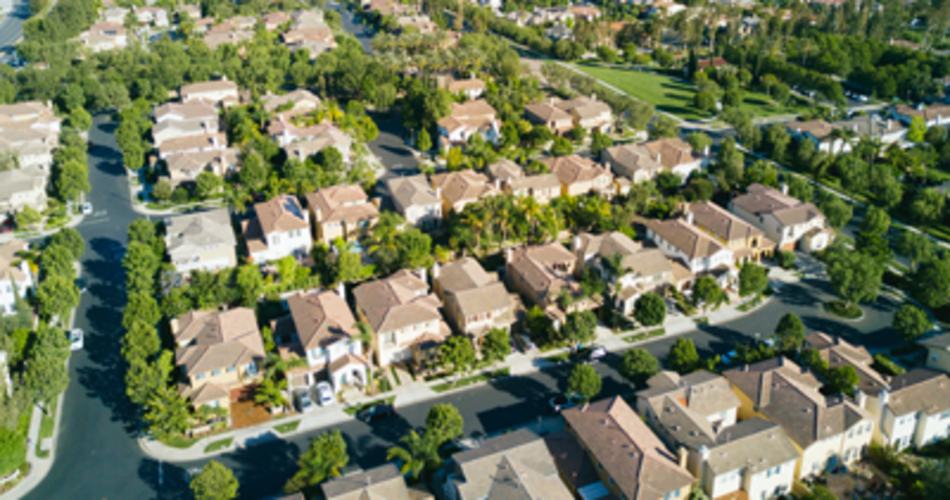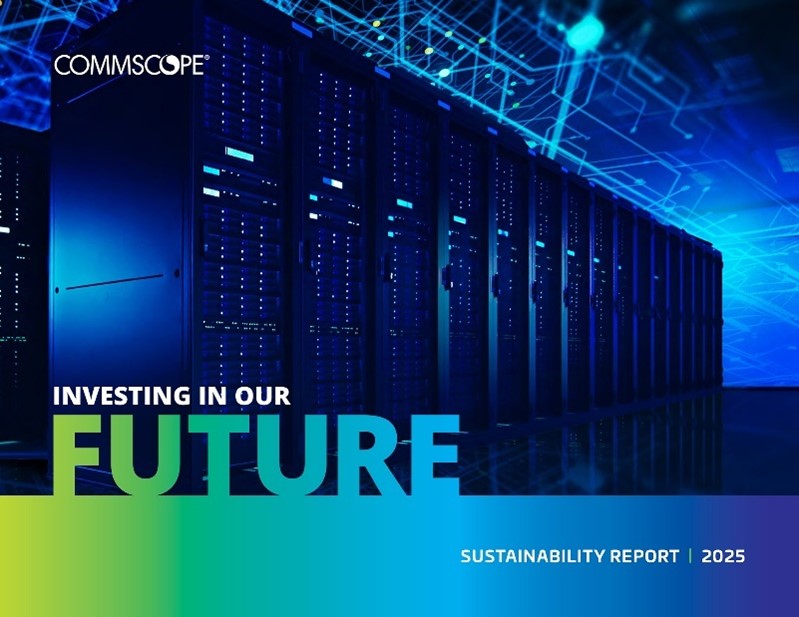 There is great excitement about the capabilities of a connected world delivering higher operational performance, increased efficiencies and better overall user experience with the Internet of Things (IoT). Gartner projects there will be almost 21 billion IoT devices in use by 2020. But the IoT is more than a vision for the future; it is here today, delivering on its promise.
There is great excitement about the capabilities of a connected world delivering higher operational performance, increased efficiencies and better overall user experience with the Internet of Things (IoT). Gartner projects there will be almost 21 billion IoT devices in use by 2020. But the IoT is more than a vision for the future; it is here today, delivering on its promise.
The proliferation of IP-enabled technology in surveillance cameras is already playing a critical role in making our buildings, campuses and cities more secured today. Worldwide, there were more than 50 million estimated shipments of IP cameras last year, and that number is projected to rapidly increase annually. Continued technological advances in hardware, software, connectivity and cloud computing – for instance, Ultra HD, 4K, 8K, face recognition, superior compression – will keep enhancing the capabilities of surveillance systems, including those at the edge of networks.
In talking with a large number of IT, physical security and facilities customers and partners across a variety of markets, the high cost and other challenges with bringing power to the edge were identified as key concerns. The Power over Ethernet (PoE) standards is a viable option for providing network communication and power to many IP cameras. But many perimeter monitoring systems rely on custom engineering solutions to power outdoor surveillance cameras with integrated heating and motion detection technology.
Using CommScope’s new Powered Fiber Cable System (PFCS), customers can deploy edge devices up to 30 times further than the PoE standard distance of 100 meters. PFCS can help eliminate the need for local powering, avoiding landlord and utility negotiations.
Besides the intrinsic value of PFCS, customers are excited about an additional benefit it can deliver. The PFCS is designed for integration with an uninterruptible power supply (UPS) system, which enables a connected device to continue running when the primary power source is lost. It also provides protection from power surges. With the PFCS connecting security cameras, users can mitigate against gaps in surveillance that might occur during power outages—helping prevent theft and avoid property damage.
To paraphrase a well-known phrase, the future of IoT is happening now! IP-enabled surveillance cameras are an important and expanding market and CommScope is helping connect them with the Powered Fiber Cable System.
Want to learn more? Check out our website or leave a comment for me.







